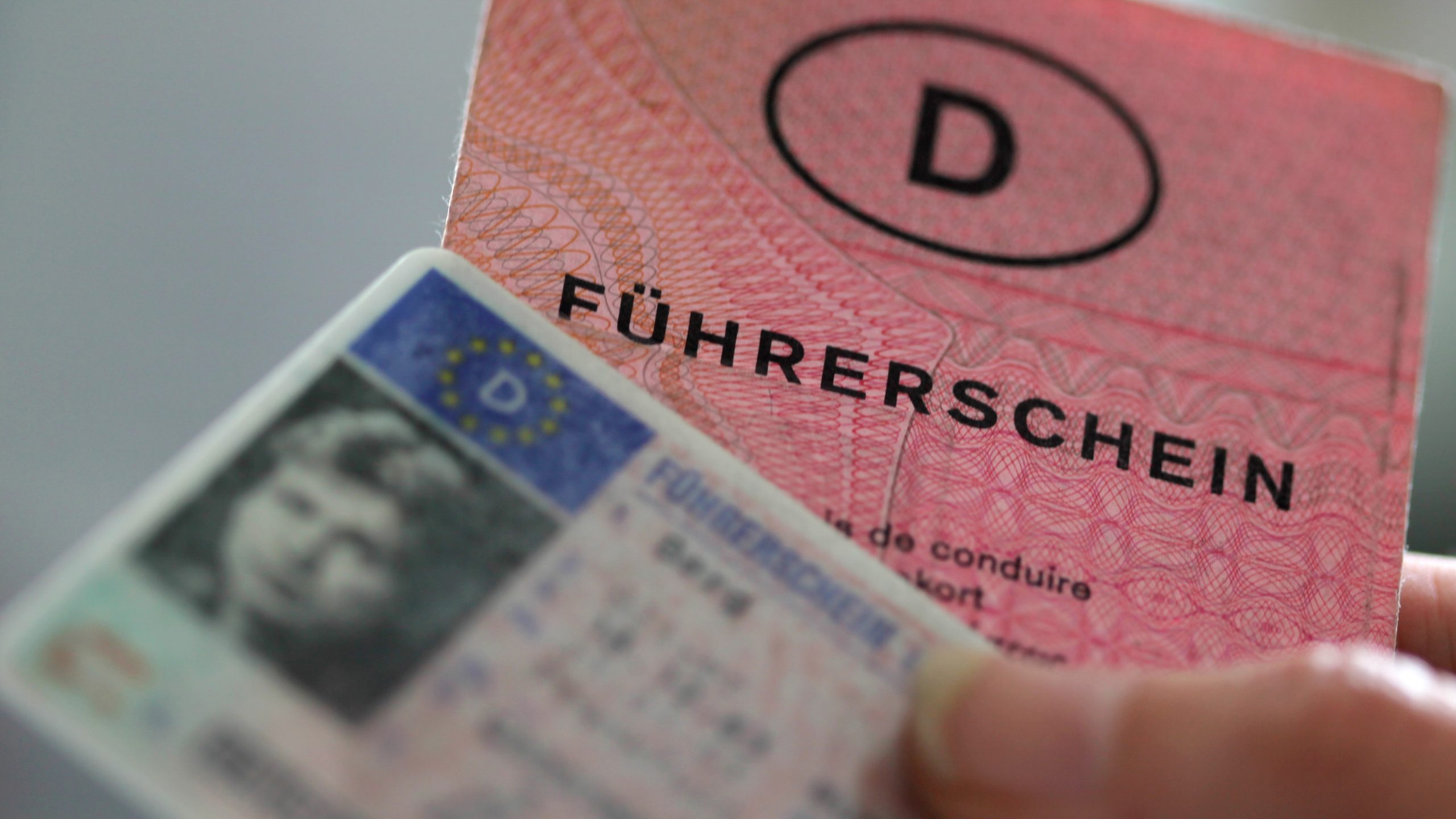Understanding Road Traffic Regulations: A Comprehensive Guide
Road traffic policies are vital for making sure the safety of drivers, pedestrians, and other roadway users. These laws govern the operation of lorries, the behavior of motorists and pedestrians, and assist in smooth traffic circulation. This post looks into the numerous elements of road traffic policies, their significance, and some common rules and policies that every roadway user ought to be familiar with.
The Importance of Road Traffic Regulations
Roadway traffic policies serve a number of important functions:
- Safety: They are mostly developed to safeguard the lives of people on the road, lowering accidents and injuries.
- Orderly Traffic Flow: By developing clear guidelines, these policies help in handling the flow of lorries and reducing blockage.
- Defense of Pedestrian Rights: They guarantee that pedestrian crossings and rights-of-way are appreciated, promoting more secure travel on foot.
- Environmental Considerations: Certain guidelines intend to lower ecological impact, encouraging eco-friendly driving practices.
- Legal Framework: They provide legal responsibility for motorists and pedestrians, delineating charges for offenses.
Secret Elements of Road Traffic Regulations
Understanding roadway traffic policies is important for compliance and security. Below are some of the crucial elements:
| Element | Description |
|---|---|
| Traffic Signs | Various signs that supply info and directions to drivers. |
| Traffic Signals | Lights that regulate the circulation of traffic at crossways. |
| Speed Limits | Maximum and minimum speed limitations set for various road types. |
| Access Rules | Guidelines on which roadway users need to go first at intersections. |
| Safety Belt Regulations | Laws mandating the wearing of safety belt for driver and travelers. |
| Driving Under the Influence | Strict charges for running a vehicle while impaired by alcohol or drugs. |
| Automobile Registration and Licensing | Requirements for automobiles to be signed up and drivers to possess valid licenses. |
Common Traffic Regulations
Although traffic regulations can differ from one nation to another, some typical rules are usually observed worldwide:
1. Speed Limits
Many jurisdictions enforce speed limitations based on road type and location, such as:
- Residential locations: 25-35 miles per hour
- Urban areas: 30-50 mph
- Highways and freeways: 55-70 miles per hour
2. Drinking and Driving
Driving under the impact of alcohol or drugs is unlawful in the majority of places. Common blood alcohol concentration (BAC) limitations are:
- 0.08% for general drivers
- 0.00% for novice or industrial motorists
3. Safety Belt Usage
Seat belts should be worn by all occupants in a car. Failure to comply can result in fines.
4. Pedestrian Crossings
Motorists should accept pedestrians at marked crosswalks and abide by signals directing pedestrian movement.
5. Mobile Phone Use
Using portable gadgets while driving is forbidden in lots of locations to minimize interruptions.
Frequently asked question Section
Q1: What should I do if I witness a traffic violation?
If you observe a traffic infraction, you should collect as much information as possible (lorry description, license plate number, place, and time) and report it to regional law enforcement.
Q2: How can I stay upgraded on changes in traffic regulations?
Traffic laws can change regularly. Updates are generally released by local government websites. Theorieprüfung Bestehen is suggested to follow local news or traffic police' announcements for any modifications.
Q3: Are there specific traffic guidelines for commercial drivers?
Yes, industrial motorists frequently deal with more stringent guidelines, such as driving hour restrictions, automobile inspections, and unique licensing requirements.
Q4: What occurs if I break traffic regulations?
Charges for breaking traffic laws can include fines, points on your license, and in severe cases, imprisonment. Repetitive offenses might lead to the suspension of driving benefits.
Q5: How do traffic guidelines affect public transport?
Traffic policies are important for public transport systems to operate efficiently. They help in developing bus lanes, regulating taxi services, and guaranteeing that public transport vehicles follow security requirements.
Roadway traffic guidelines play a critical role in preserving the security and order of roads worldwide. Comprehending these laws is not just a legal responsibility however a moral one that promotes the well-being of all roadway users. Continuously upgrading oneself about traffic policies and adhering to them can significantly reduce the risks related to road travel. As communities evolve and technologies enhance, these policies may likewise adjust, necessitating constant learning for chauffeurs, bicyclists, and pedestrians alike.
By keeping informed and remaining compliant with road traffic regulations, people contribute favorably to the shared duty of road safety, eventually minimizing accidents and conserving lives.

